The Science Behind Effective Retail Demand Forecasting
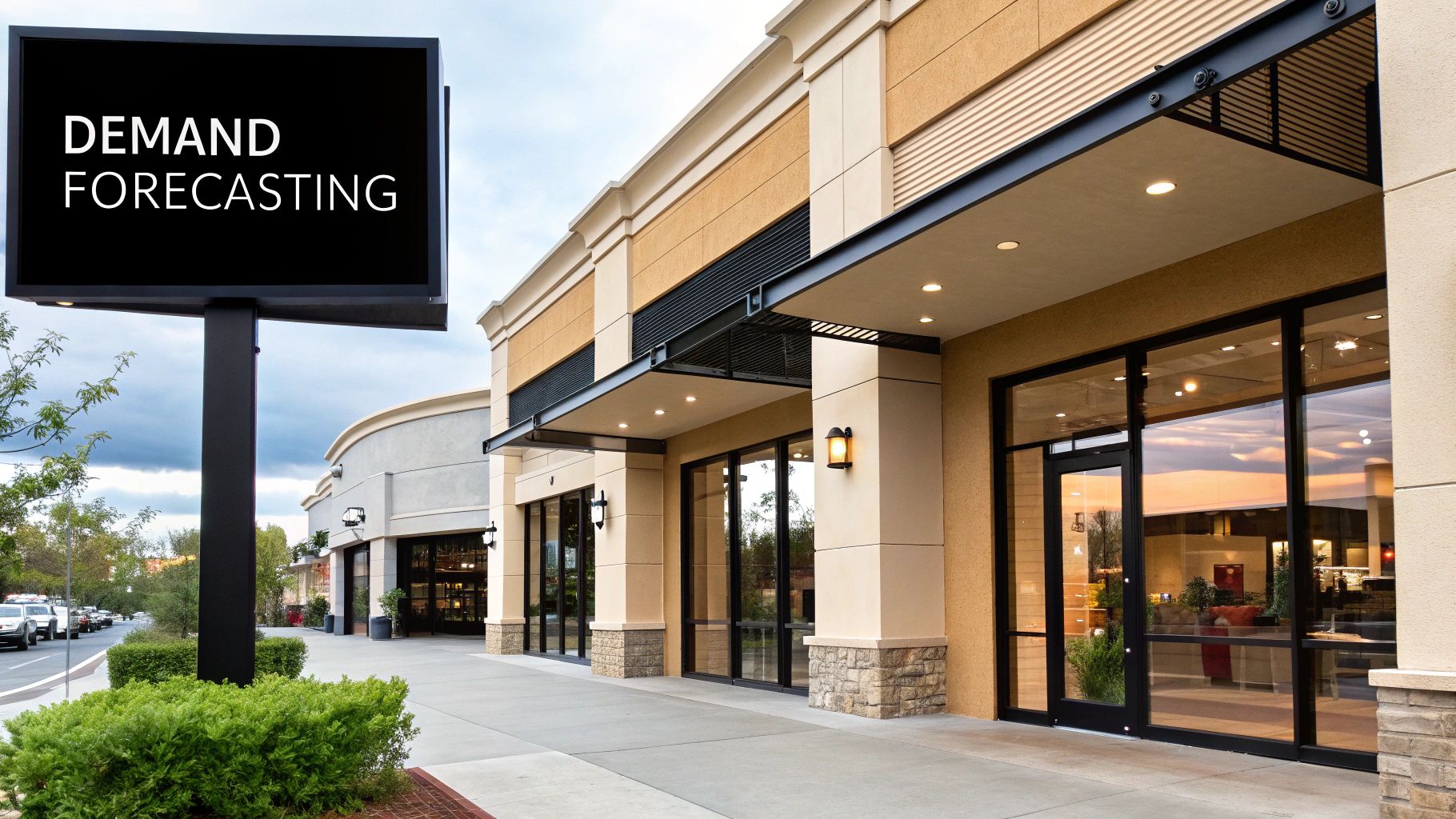
Effective demand forecasting for retail is no longer a luxury, but a necessity. It's the driving force behind efficient inventory management, optimized pricing strategies, and ultimately, revenue growth. This requires a delicate balance of art and science, combining data-driven insights with an understanding of the unpredictable nature of consumer behavior.
Key Components of Retail Demand Forecasting
Analyzing historical sales data is crucial. It provides a baseline for understanding past trends and seasonality. For example, a clothing retailer can analyze sales data from previous summers to anticipate the demand for swimwear and summer dresses for the current season. Promotional campaigns also play a significant role in influencing demand. Analyzing the impact of past promotions helps retailers predict the potential sales uplift from future campaigns.
However, historical data alone is not enough. External factors, like economic conditions, significantly impact consumer spending. Retail demand forecasting must consider various factors, including seasonal demand, planned promotions, and external factors like economic conditions.
In the UK, for instance, the retail sector has faced challenges due to economic fluctuations. As of 2024, the UK retail sector experienced a slow recovery, with sales volumes expected to fall by 0.2% for the year. This trend highlights the importance of accurate demand forecasting for effective inventory management and meeting consumer needs. Understanding these factors allows retailers to prepare for fluctuations in demand, ensuring they're well-stocked during peak periods and minimizing waste during slower times. More detailed statistics can be found here: Retail Research.
From Reactive to Predictive: Advanced Forecasting Techniques
Modern demand forecasting must incorporate real-time data and predictive analytics. This means incorporating factors such as weather patterns and social media trends. Think of it like a farmer predicting crop yield. They use historical data about rainfall and temperature, but also monitor current weather conditions and soil composition for more accurate predictions.
Similarly, retailers can use predictive models to anticipate shifts in consumer preferences and adjust their inventory accordingly. Understanding different forecasting methodologies is also essential. Time series forecasting, for instance, is excellent for predicting short-term demand based on past patterns. Regression analysis helps uncover relationships between various factors, like pricing and promotions, and their impact on sales.
Choosing the right methodology depends on the specific business model and customer base. Ultimately, successful demand forecasting is about building a dynamic system that adapts to change, ensuring retailers remain agile and responsive in a constantly evolving market.
AI and Machine Learning: Transforming Retail Prediction
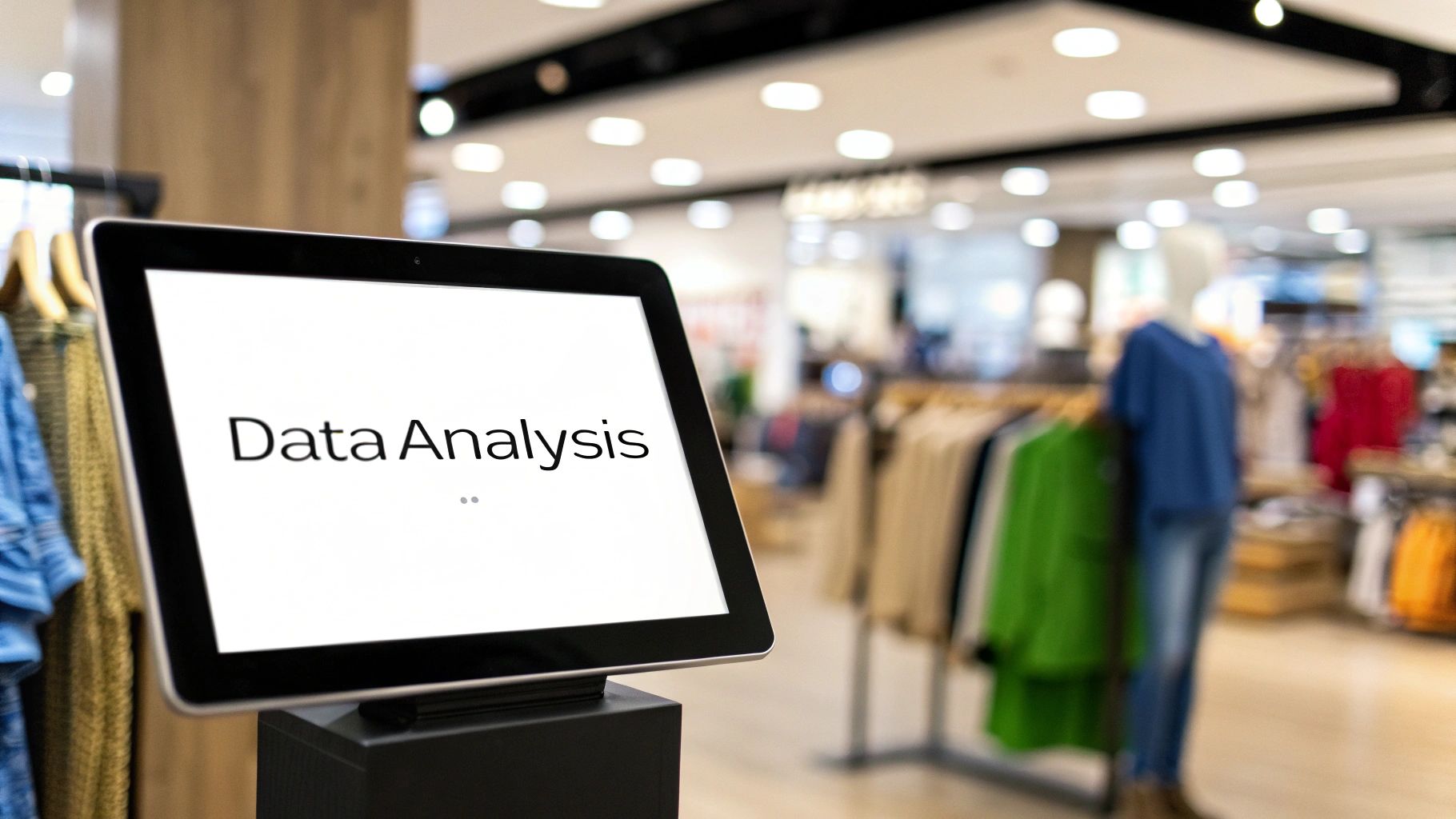
Artificial intelligence (AI) and machine learning (ML) are rapidly changing the face of retail demand forecasting. These technologies are no longer just futuristic concepts; they are becoming essential tools for accurate predictions and increased revenue. Instead of simply relying on past sales data, AI and ML can analyze massive datasets to uncover hidden patterns and predict future demand with remarkable precision.
This improved accuracy empowers retailers to optimize their inventory levels, minimize waste from overstocking, and enhance customer satisfaction by ensuring the right products are available at the right time.
How AI and ML Enhance Forecasting
Traditional forecasting methods often fall short when it comes to capturing the nuances of modern consumer behavior. AI and ML excel in this area by considering a wider range of factors that influence purchasing decisions.
For instance, these technologies can analyze the impact of social media trends, changing weather patterns, and even broader economic indicators on consumer demand. This allows retailers to anticipate shifts in the market and proactively adjust their strategies rather than reacting after a change has occurred.
Furthermore, AI and ML algorithms can automatically identify and account for seasonal trends and the effects of promotional activities, ensuring forecast accuracy even during periods of high demand and market fluctuations.
The increasing use of advanced algorithms, like XGBoost, further refines demand forecasting. XGBoost analyzes historical sales data along with other pertinent factors to generate more precise predictions. A study on XGBoost highlighted its ability to analyze complex datasets and improve forecast accuracy, which is particularly beneficial in dynamic markets. Learn More about XGBoost. This allows retailers to optimize their supply chains and ultimately improve customer satisfaction.
Practical Implementations and Measurable Results
Many retailers are already reaping substantial benefits from integrating AI and ML into their forecasting processes. AI-driven forecasting has been shown to reduce errors by 20-50%. This reduction in errors leads to a significant decrease – up to 65% – in lost sales and instances of product unavailability. The results translate directly into higher revenue and improved overall profitability.
Beyond accuracy, these technologies enhance efficiency by automating time-consuming tasks like purchase order generation and inventory replenishment. This automation frees up valuable employee time, allowing them to focus on more strategic initiatives, such as developing new product lines and optimizing pricing strategies.
Overcoming Implementation Challenges
While the benefits of AI and ML are undeniable, successful implementation requires thoughtful planning and execution. Integrating new technologies with existing systems can be a challenge. Retailers must ensure data compatibility and a seamless flow of information between different platforms.
Choosing the right metrics to measure the performance of AI forecasting is also critical. Focusing on key performance indicators (KPIs) like forecast accuracy, inventory turnover, and lost sales allows retailers to monitor progress and identify areas for improvement. By proactively addressing these challenges, retailers can fully leverage the potential of AI and ML to drive substantial business growth.
To understand the landscape of demand forecasting technologies, let's take a look at the following comparison:
Demand Forecasting Technology Comparison
This table compares different technological approaches to retail demand forecasting, examining their accuracy levels, implementation complexity, and cost considerations.
| Technology | Forecasting Accuracy | Implementation Complexity | Cost | Best For |
|---|---|---|---|---|
| Traditional Statistical Models | Low to Medium | Low | Low | Stable markets with predictable demand |
| Time Series Analysis | Medium | Medium | Medium | Products with clear seasonal trends |
| Machine Learning (e.g., XGBoost) | High | High | High | Dynamic markets with complex factors |
| Deep Learning | Very High | Very High | Very High | Large datasets with intricate patterns |
This table demonstrates the trade-offs between accuracy, complexity, and cost associated with different demand forecasting technologies. While traditional methods are simpler and less expensive, they may lack the accuracy needed for today's complex retail environment. Conversely, while more sophisticated technologies like machine learning and deep learning offer higher accuracy, they come with increased complexity and cost. Choosing the right technology depends on the specific needs and resources of the retailer.
Forecasting Through Consumer Behavior Shifts
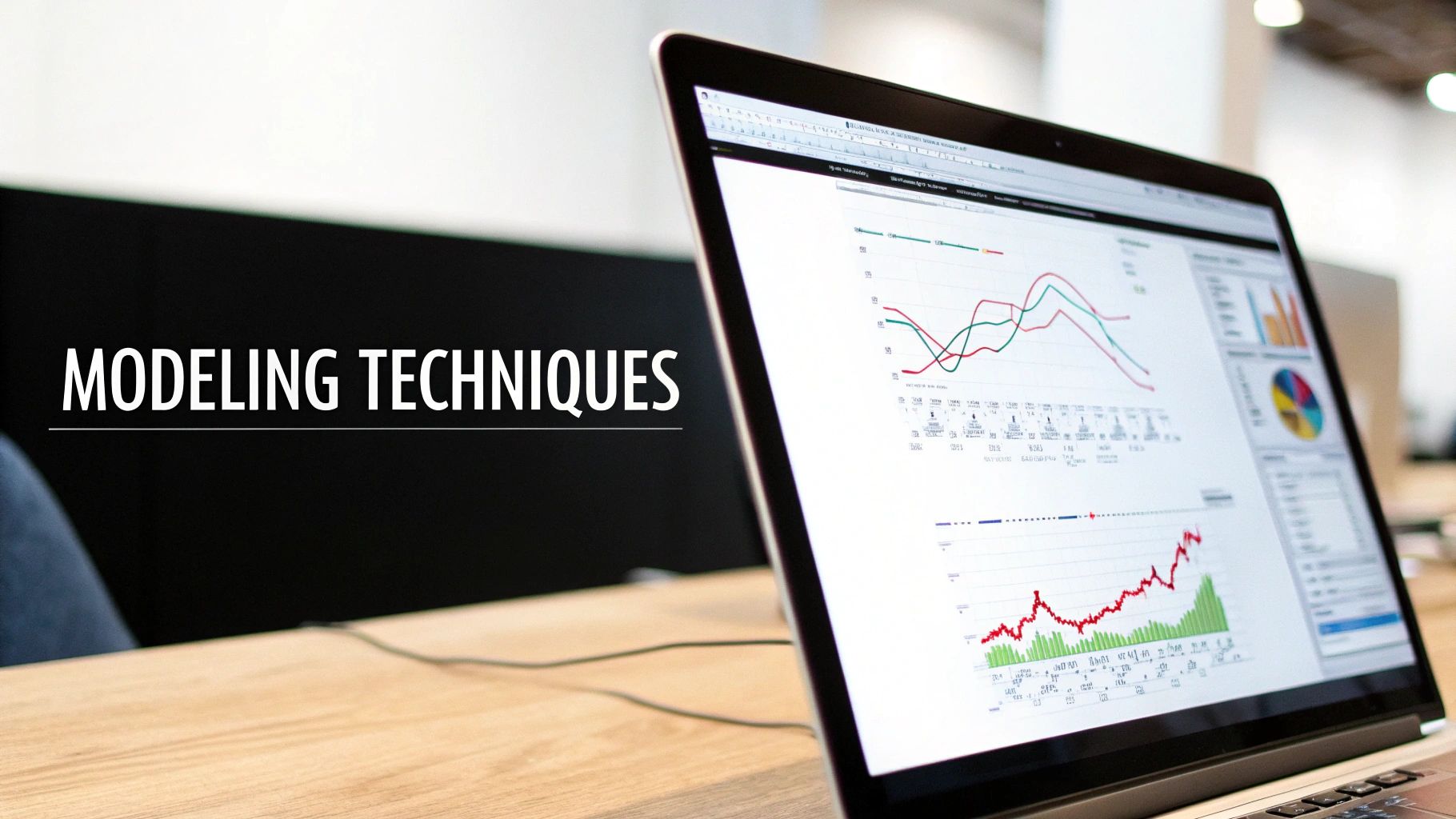
Consumer preferences are constantly evolving. This makes accurate demand forecasting for retail businesses more challenging than ever. Retailers need proactive strategies to anticipate these shifts across the increasingly complex customer journey. This goes beyond simply analyzing historical sales data. It means embracing methods that capture real-time signals of consumer intent.
Understanding The Shifting Sands of Consumer Behavior
The digital age has empowered consumers with unprecedented access to information and choice. This has resulted in shorter product lifecycles, increased price sensitivity, and a growing expectation for personalized experiences.
For example, a consumer might research a product extensively online through a platform like Google before buying it in a physical store, or vice-versa. This omnichannel behavior requires forecasting models that consider both online and offline touchpoints.
Social media also plays a key role. It shapes consumer preferences and purchasing decisions. Monitoring social sentiment, trending hashtags, and product reviews offers valuable insights. These insights can reveal emerging trends and potential demand shifts. This is especially important for retailers in fast-moving industries like fashion and electronics.
In recent years, the UK retail sector has seen substantial shifts in consumer behavior, partly due to the COVID-19 pandemic. Online sales peaked during the pandemic, exceeding 30% of total retail sales. As physical stores reopened, online sales decreased to around 27% by December 2024. This trend highlights the need for adaptable demand forecasting strategies. Retailers must account for changes in consumer preferences and shopping habits across both online and offline channels. To learn more, explore the UK Retail Sector Report 2025.
Building Agile and Responsive Forecasting Models
Retailers need to develop agile forecasting models to capture these dynamic shifts. These models must adapt to changing market conditions. This means integrating real-time data feeds into predictive algorithms. These data feeds can include website traffic, social media engagement, and even weather patterns.
Maintaining Inventory Flexibility Across Channels
Inventory flexibility is crucial for successful demand forecasting in today’s retail environment. This involves strategic warehouse locations and efficient order fulfillment processes. Retailers can also use technologies like drop-shipping to manage demand fluctuations.
This approach helps meet demand without excessive inventory holding costs. Retailers can respond quickly to unexpected demand surges or shifts in consumer preferences. The result is minimized lost sales and maximized profitability. By using data-driven insights and agile forecasting models, retailers can navigate the complexities of consumer behavior and achieve sustainable growth.
Mastering Seasonal and Promotional Demand Patterns
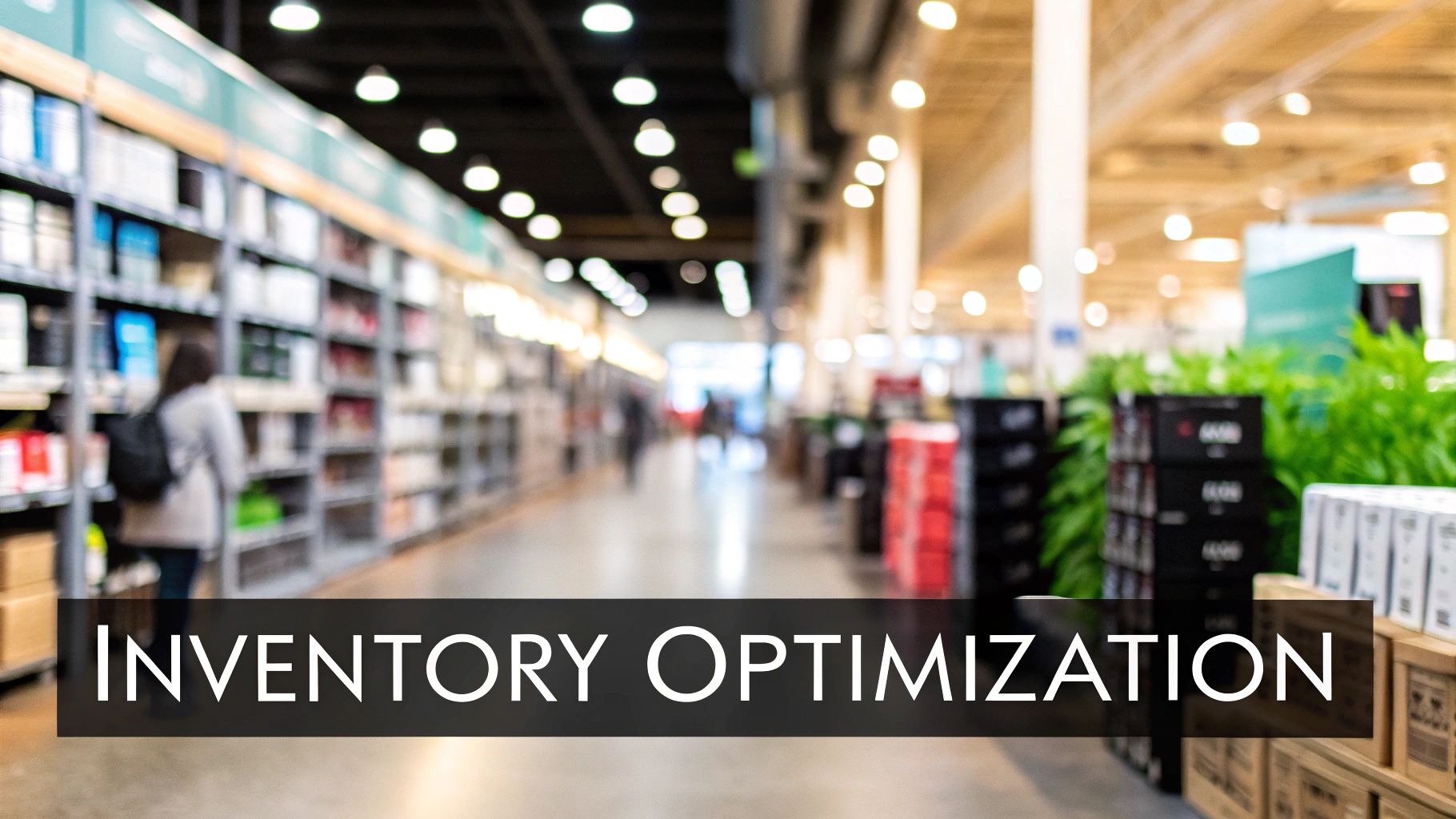
Seasonal peaks and promotional events are make-or-break times for retailers. Accurate demand forecasting during these periods can significantly impact a business's bottom line. However, many forecasts miss the mark precisely when precision is most crucial. This is where the combination of historical data and predictive analytics becomes essential.
Isolating Promotional Lift and Managing Promotional Calendars
One of the biggest challenges in retail forecasting is isolating the true impact of a promotion. Imagine a winter coat sale during a particularly cold snap. Did sales spike because of the discounted prices or the frigid temperatures? Top-performing retailers employ sophisticated techniques to unravel these intertwined factors. This involves analyzing past promotional performance in conjunction with other relevant variables to understand the actual sales "lift" attributable to the promotion itself.
This granular understanding is the cornerstone of building effective promotional calendars. A well-structured calendar should boost sales without causing inventory imbalances. It's a delicate balancing act between maximizing sales opportunities and minimizing the risk of excess stock or stockouts. This requires careful consideration of promotional timing, duration, and the specific items being promoted. For instance, a retailer might stagger promotions for different product categories throughout the year to smooth out demand and avoid straining their supply chain.
Contingency Planning for the Unexpected
Even the most accurate forecasts can be thrown off by unforeseen circumstances. A sudden shift in consumer preferences, an unexpected supply chain bottleneck, or even a viral social media trend can drastically alter demand. Developing robust contingency plans is essential. This means having flexible inventory management strategies, backup suppliers, and the ability to quickly adapt pricing and promotions.
This adaptability is especially important during peak seasons when the potential for profit (or loss) is magnified. For example, a retailer might maintain a safety stock buffer for key holiday items to protect against unexpected demand spikes. This allows them to fulfill customer orders even if their initial forecast proves too low.
Tailoring Forecasts to Different Promotion Types
Different promotions require different forecasting adjustments. A "buy-one-get-one" offer will have a different impact on demand than a percentage discount. Understanding these nuances is essential for accurate predictions. This means analyzing historical data for similar past promotions and modifying the forecast accordingly.
Furthermore, it's important to recognize common forecasting pitfalls. Overly optimistic projections can lead to excess inventory and costly markdowns, while underestimating demand can result in missed sales opportunities and disappointed customers. By learning from past errors and continuously refining their forecasting processes, retailers can optimize their promotional strategies and maximize their return on investment.
To help illustrate the different metrics used in seasonal forecasting, let's look at the table below:
Seasonal Forecasting Accuracy Metrics
Statistical performance measures for evaluating seasonal demand forecasting models in retail contexts
| Metric | Formula | Ideal Range | What It Measures | When To Use |
|---|---|---|---|---|
| Mean Absolute Percentage Error (MAPE) | (1/n) * Σ( | Actual – Forecast | / Actual) * 100 | As close to 0 as possible |
| Weighted Mean Absolute Percentage Error (WMAPE) | Σ( | Actual – Forecast | )/Σ(Actual) * 100 | As close to 0 as possible |
| Mean Absolute Scaled Error (MASE) | MAE / MAE of a naive forecast | < 1 is better than a naive forecast | Accuracy relative to a naive forecast (e.g., using the previous period's value as the forecast) | Comparing forecast accuracy across different datasets or time series |
| Root Mean Squared Error (RMSE) | √(1/n) * Σ(Actual – Forecast)^2 | As close to 0 as possible | Magnitude of forecasting errors, penalizing larger errors more heavily | When large errors are particularly costly |
These metrics offer valuable insights into the accuracy and reliability of different forecasting models. By carefully analyzing these metrics, retailers can choose the best model for their specific needs and continuously improve their forecasting process.
AI and machine learning are playing an increasing role in improving forecast accuracy during promotional periods. Retailers using tools like Mergoio gain deeper insights into their sales data, including the impact of promotions, allowing them to create more effective promotional and inventory strategies. However, combining this technology with human expertise is still essential for making informed decisions and achieving optimal results.
Connecting Demand Signals Across Your Supply Chain
A perfect demand forecast for retail is useless if your supply chain can't keep up. This means aligning your forecasting process with every part of your network, from suppliers and distributors to logistics partners. This collaborative approach can significantly reduce stockouts and overstock, leading to a more resilient and responsive inventory system. Think of it as an orchestra: every instrument needs to be in sync. Similarly, every part of your supply chain needs to be coordinated to meet customer demand effectively.
Collaborative Forecasting: A Shared Vision For Success
Sharing forecast insights with partners needn't be overwhelming. Start by establishing clear communication channels and using easy-to-understand dashboards. Instead of overwhelming partners with raw data, focus on key takeaways and actionable insights.
For example, a clothing retailer might share anticipated demand for specific sizes and colors with their manufacturer. This allows the manufacturer to adjust production accordingly, avoiding excess inventory of unpopular sizes.
Shared Metrics: Aligning Incentives For Mutual Benefit
Establishing shared performance indicators encourages collaboration and keeps everyone focused on the same goals. These metrics should reflect mutual success, such as on-time delivery rates and inventory turnover. This fosters accountability and motivates all parties to work together.
Imagine a delivery service and an online retailer working together. They could use on-time delivery as a shared metric to drive improvements in logistics and order fulfillment.
Real-Time Information Flow: Empowering Agile Responses
Implementing communication technologies that enable real-time data exchange is critical. This allows for quicker adjustments to unforeseen circumstances and changes in demand.
Consider a retailer facing a sudden surge in demand for a particular product. Real-time data sharing would allow them to quickly alert their supplier and arrange for expedited production and delivery.
Case Studies: Real-World Examples of Collaborative Success
Numerous retailers have seen dramatic improvements by implementing collaborative forecasting. For instance, some retailers have reduced stockouts by up to 65% using AI-driven forecasting. This translates into increased sales and improved customer satisfaction. Similarly, collaborative approaches have helped other retailers reduce overstock situations, leading to lower inventory holding costs and minimized waste. Tools like Mergoio can further enhance these efforts by providing precise tracking of sales and profit data, enabling more accurate forecasting and improved collaboration between retailers and their partners.
Practical Frameworks For Sharing Forecasting Insights
Implementing collaborative forecasting involves more than just technology. It requires establishing clear processes and frameworks for data sharing. Here are a few best practices:
- Regular Meetings: Establish regular meetings with key supply chain partners to discuss forecasts, identify potential challenges, and adjust plans.
- Standardized Data Formats: Ensure all parties use standardized data formats to facilitate seamless data exchange and avoid compatibility issues.
- Clear Roles and Responsibilities: Define clear roles and responsibilities for each partner in the forecasting process to ensure accountability and avoid confusion.
By following these guidelines, retailers can effectively connect demand signals across their supply chain, improving responsiveness, reducing costs, and enhancing customer satisfaction.
Turning Forecast Accuracy Into Revenue Growth
Accurate demand forecasting for retail isn't just about hitting statistical targets; it's about driving real business improvements. It's about translating predictions into increased revenue, optimized inventory, and happier customers. This requires a holistic approach that connects forecasting performance directly to financial outcomes and customer satisfaction. Leading retailers understand that balancing statistical precision with real-world business impact is essential for creating forecasting systems that truly boost profitability.
Diagnosing Forecasting Weaknesses for Targeted Improvement
Identifying specific areas where your forecasts are falling short is the first step to improvement. This involves analyzing forecast accuracy by product category, location, and time period. For example, are your forecasts consistently overestimating demand for winter apparel in your southern stores? Or are you consistently underestimating demand for certain electronics during holiday sales?
These insights pinpoint areas ripe for improvement and reveal opportunities with direct revenue implications. Think of it like a doctor diagnosing a patient: they don't just treat the symptoms, they identify the underlying cause. Similarly, retailers need to diagnose the root causes of forecasting inaccuracies to develop effective solutions.
This targeted approach allows retailers to allocate resources efficiently, focusing on the areas where improvements will have the biggest impact. This might mean refining the forecasting model for specific product categories, adjusting inventory levels in certain locations, or implementing targeted marketing campaigns during specific time periods.
AI and machine learning, particularly tools like Mergoio, empower retailers to diagnose these weaknesses with unprecedented precision. By processing large datasets and uncovering hidden patterns, these technologies identify areas where traditional forecasting methods fall short, allowing retailers to refine their predictions.
Building a Culture of Continuous Improvement
Effective demand forecasting for retail requires ongoing refinement. This means establishing regular review cycles, communicating insights across departments, and fostering a culture where continuous improvement is the norm. Regular review meetings bring together stakeholders from different departments – sales, marketing, operations, and finance – to discuss forecasting performance, identify challenges, and brainstorm solutions. This collaborative approach ensures that everyone is aligned and working towards the same goals.
Communicating forecasting insights across departments is equally crucial. Sharing these insights empowers other teams to make informed decisions. For example, the marketing team can adjust promotional strategies based on anticipated demand, while the operations team can optimize staffing levels to handle expected order volumes.
Fostering a culture of continuous improvement means encouraging experimentation and learning from both successes and failures. This involves creating an environment where employees feel comfortable taking calculated risks and trying new approaches. Regularly reviewing forecasts, incorporating feedback from different teams, and adapting to changing market conditions are essential for maximizing the effectiveness of your demand forecasting process.
Ready to turn your demand forecasting accuracy into real revenue growth? Mergoio offers a comprehensive suite of tools to empower TikTok Shop sellers and future Amazon sellers with detailed sales and profit tracking, real-time analytics, and advanced predictive modeling. Gain data-driven insights, optimize your operations, and boost your profitability. Sign up for our beta program today and experience the future of e-commerce analytics!
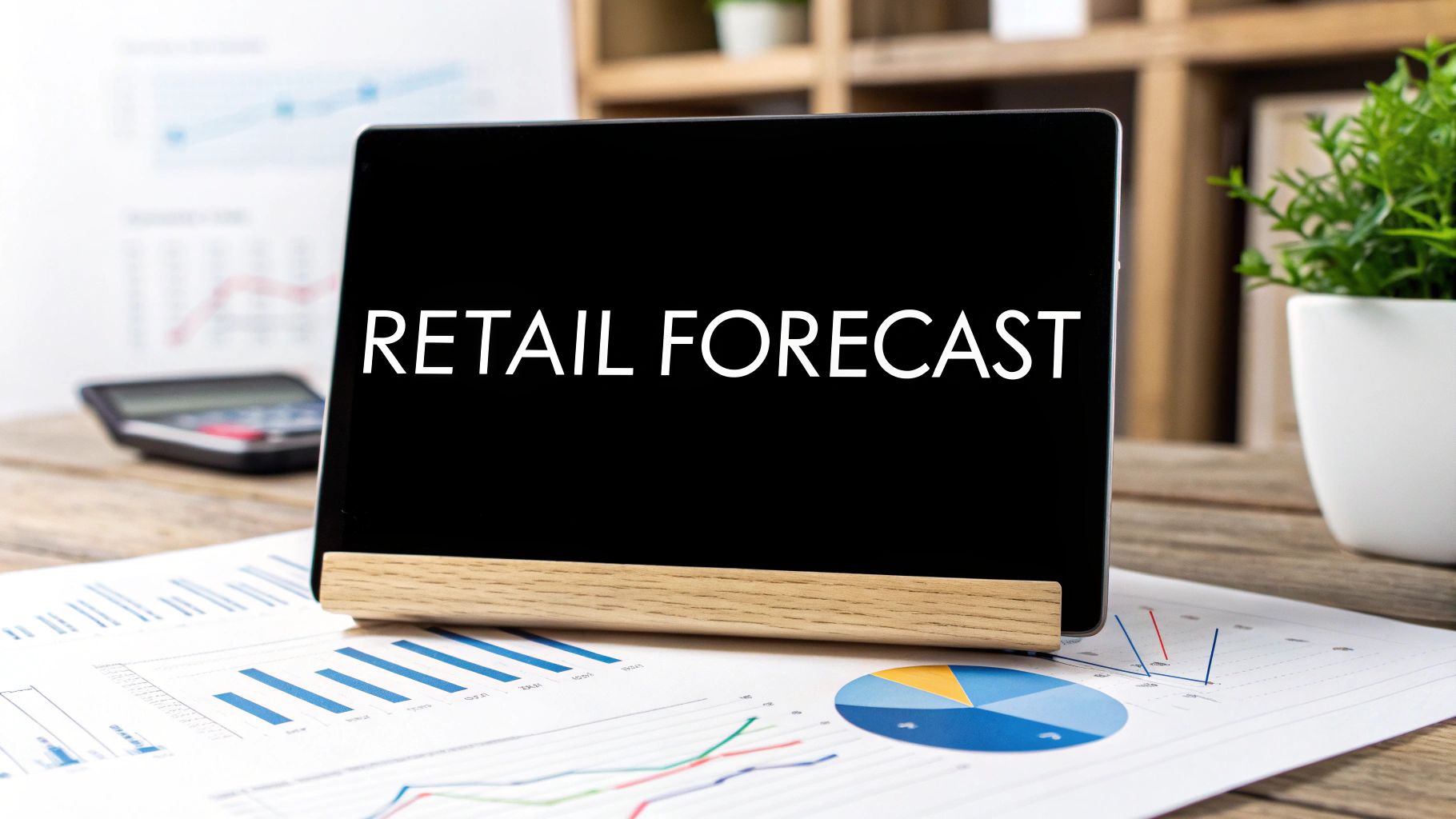
Leave a Reply